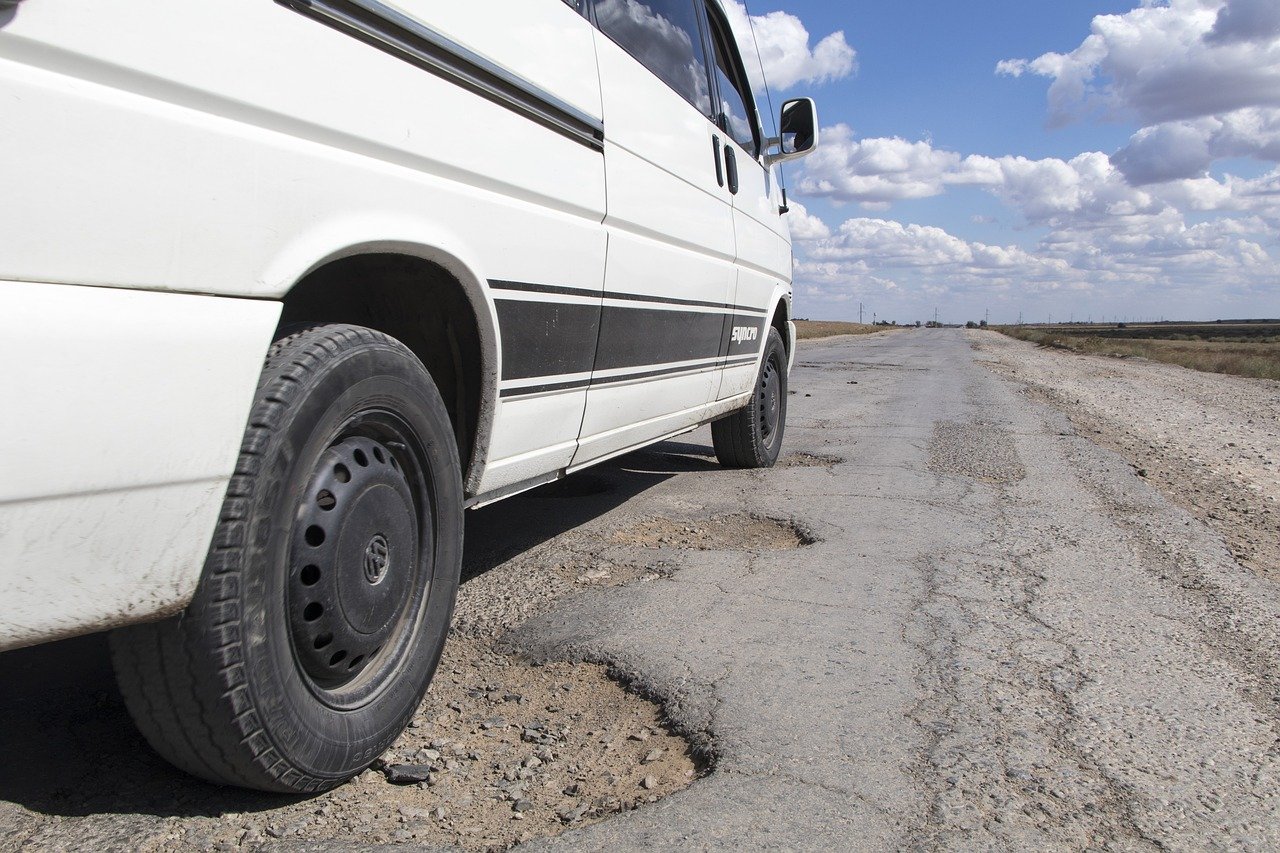
If winter driving should definitely be taken seriously by fleets and drivers, even when the coldest spells of winter are often less busy and give us some respite, other safety issues may still crop up, particularly when pothole season starts. Pothole damage can easily turn into a major issue, and the insurance claims made for the first four months of 2018 already equal those placed for the whole of last year, according to data published by the AA.
The data provided by the AA estimates that there have been more than 4,200 claims for pothole damage by the end of April and that the average repair bill in the UK is £1,000 (€1137). A recent article published on Independent.ie underlines the fact that potholes are quite a common and serious issue on Irish roads as well, particularly in rural areas where traffic volumes might be relatively low, but people still need and deserve a decent, safe surface on which to get around.
Possible vehicle damage due to potholes is not the only issue—though it might physically affect the tyres, rims, wheels and suspensions of your vehicle, safety can also be seriously compromised when even the most seasoned drivers can suddenly swerve to avoid a pothole. The AA advises professional drivers and fleets to keep their distance from cars in front, in case they swerve or brake suddenly due to a pothole, so as to maintain a clear view of the road surface ahead. If a driver sees a pothole, the best thing is to slow down and manoeuvre around it if possible. Driving behaviours such as sudden swerving or harsh braking are not recommended at all as they could potentially lead to accidents.
Fleets can take steps to limit the impact of pothole damage on operating costs. Drivers can be coached on how to approach a pothole or other poor road conditions, and if they hit a pothole, they should know how to visually inspect tyres, wheels, and the vehicle for obvious damage (when and where it is safe to do so). If in doubt, or if there's a new noise/sound/vibration or the vehicle steering 'pulls,' they should have the vehicle inspected as soon as it is convenient.
The risks as well as the situation—defined as a “pothole epidemic”—has urged the AA to start a campaign named #FlagitFunditFillit. The AA encourages road users to flag potholes by safely photographing them and sending them off to the relevant highway authority and the Department of Transport. The AA is calling on the government to create a pothole fund by ring-fencing 2p per litre of current fuel duty for local councils, so that they can “fill it” and make roads safe for everyone.
Ireland had launched a website allowing people to report problems such as potholes, which was initially available only for South Dublin County Council area but then rolled out to all local authorities—it is currently available for the whole of Ireland via a combined phone app. Fixyourstreet.ie is a publicly accessible web site with associated mobile technologies on which issues such as road defects, street lighting, water leaks/drainage and others can be reported.



